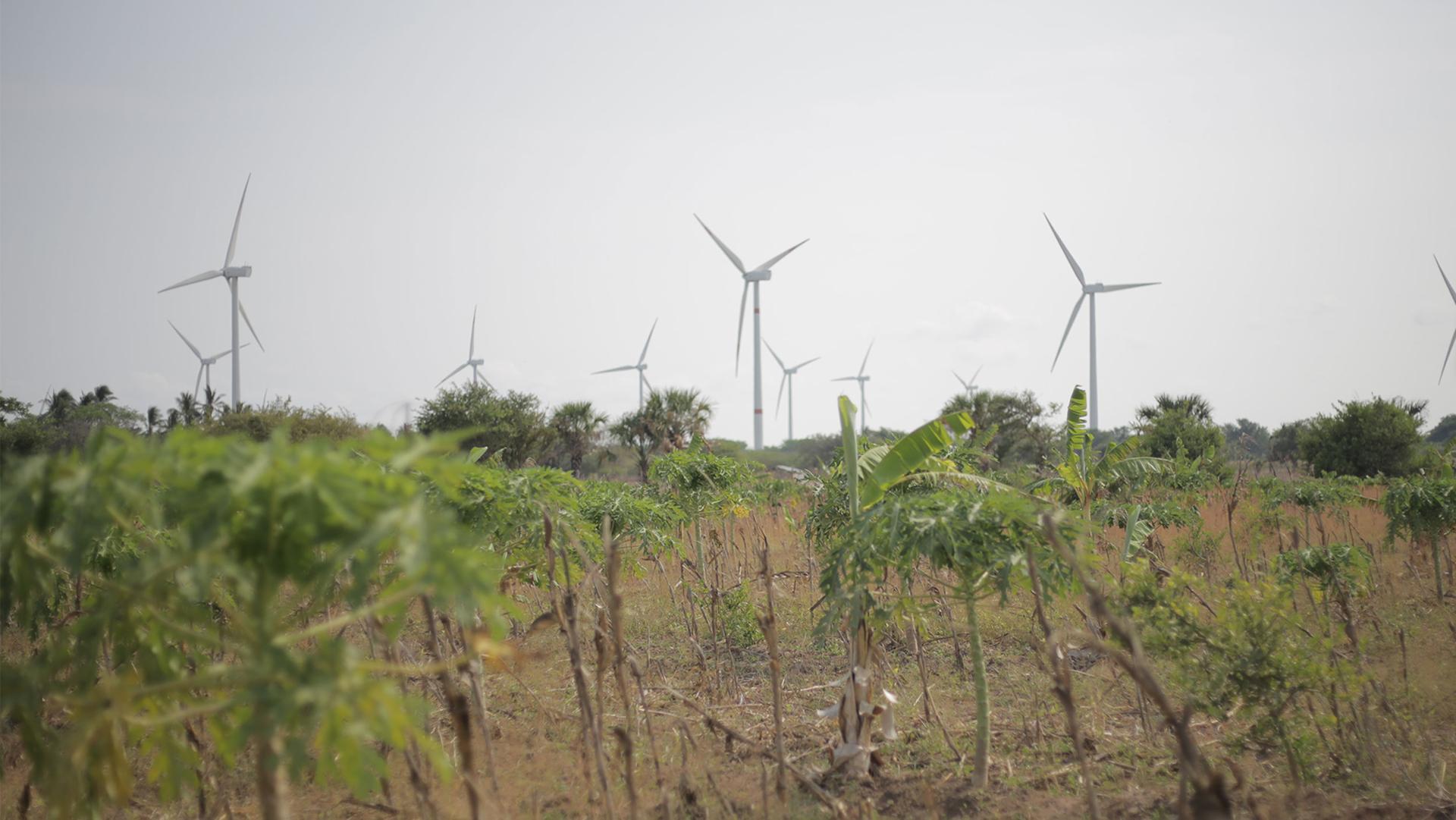US Climate envoy John Kerry was welcomed in Mexico this week, with an official ceremony honoring the birth of Mexico’s first Indigenous president, Benito Juárez, 217 years ago.
“Today, we celebrate leadership. We celebrate the beginning of Independence for Mexico. And we celebrate together, Estados Unidos, Mexico. Para siempre,” Kerry said. “US-Mexico forever.”
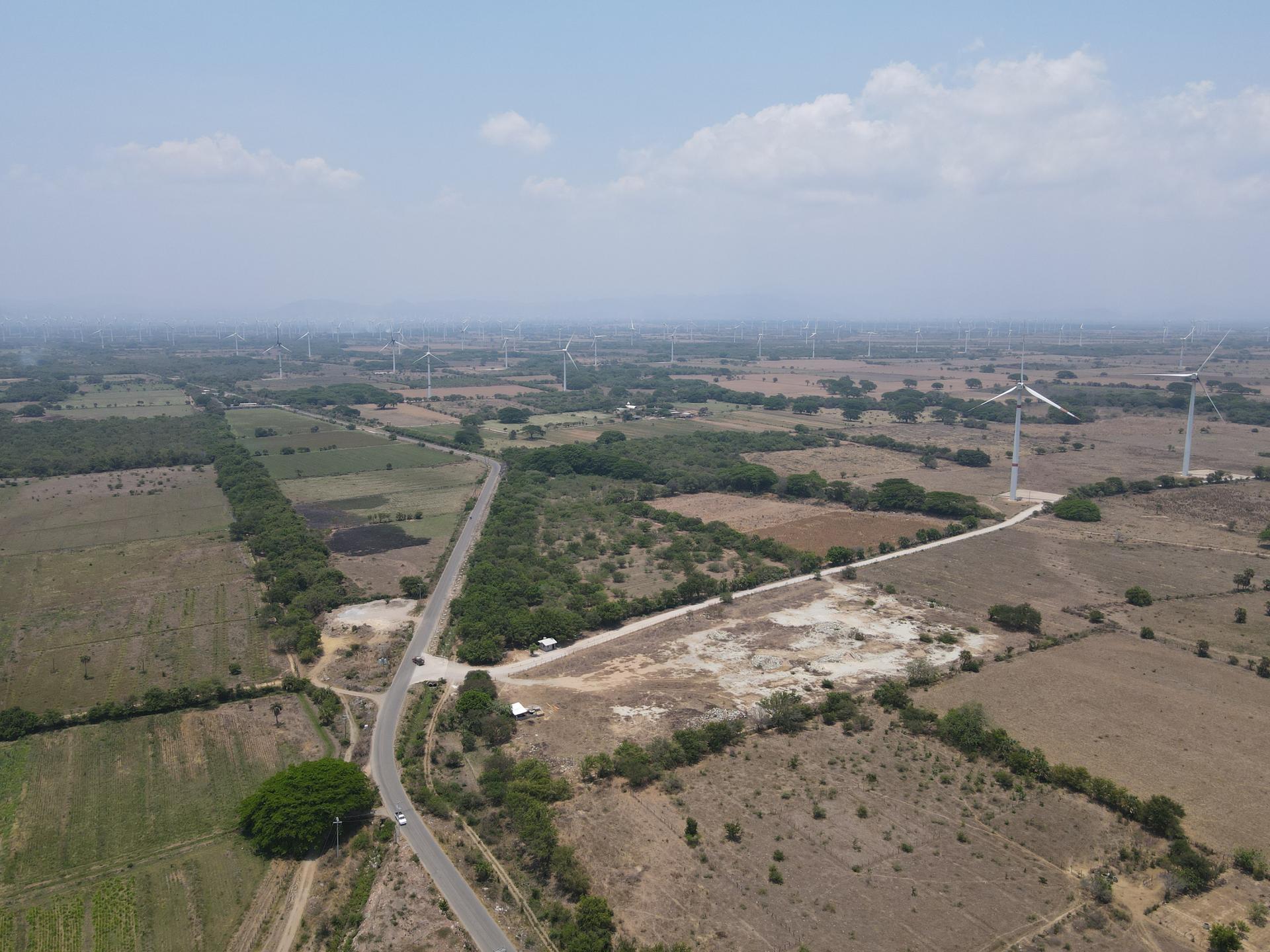
But there was another reason Kerry was visiting the Mexican state of Oaxaca. This is the location of the new Interoceanic Corridor. It’s the signature project of President Andrés Manuel López Obrador. With a price tag of at least $1 billion, this ambitious effort includes modernizing ports and airports, building 200 miles of new railways and highways and an oil pipeline and a fiber-optic network, plus 10 industrial parks.
López Obrador is hoping to attract US investment, especially for new wind farms in Oaxaca.
Kerry this week signaled that the Biden administration is on board, and willing to invest in more than 10 wind and solar farms. But there’s a problem.
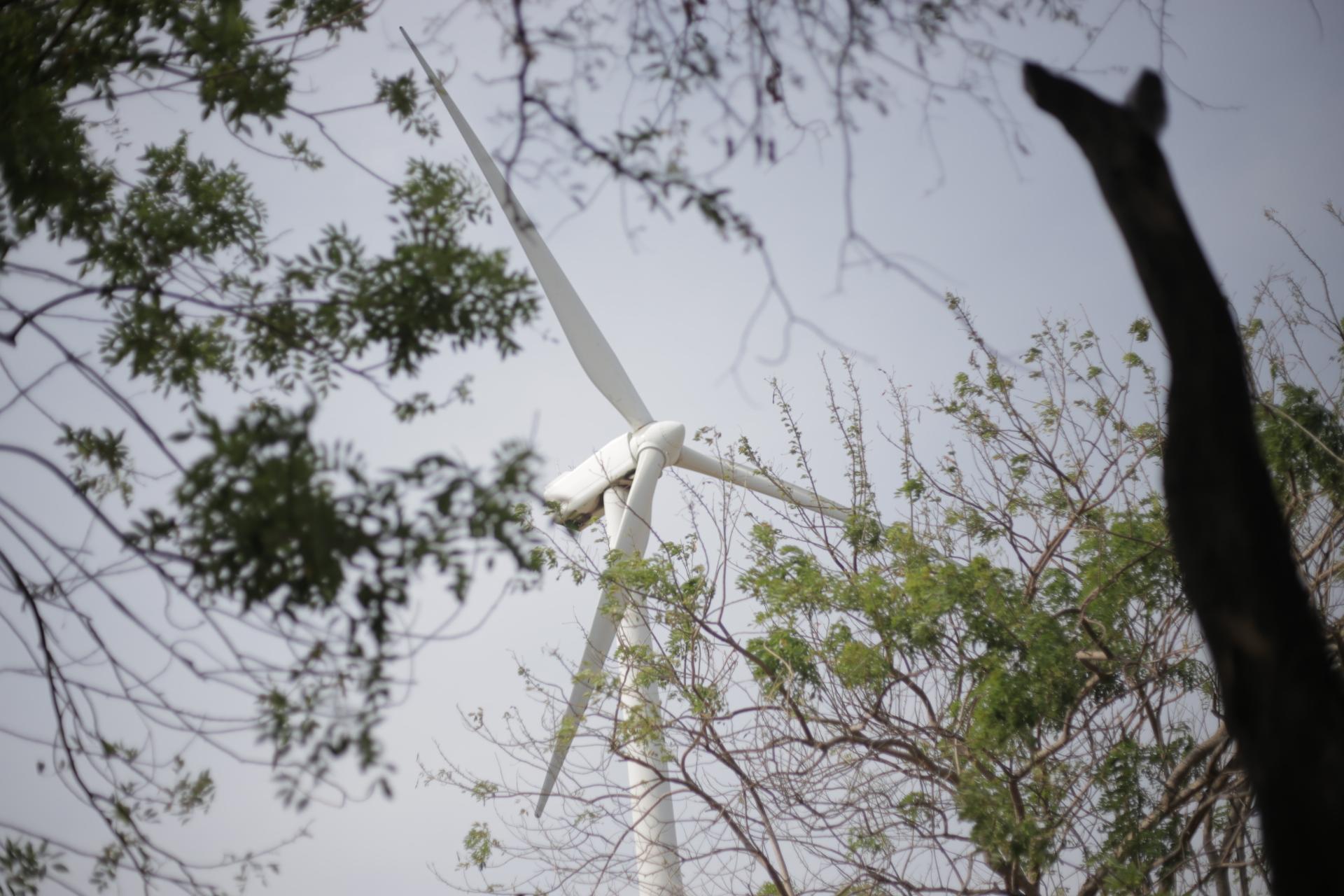
Local residents say the wind farms already established in Oaxaca by foreign companies have disrespected communal land rights; and failed to benefit the local community; and polluted the environment.
And Indigenous groups are not happy about López Obrador’s interoceanic development project. One group of residents blocked a major highway in the region just ahead of Kerry’s visit. Others marched on the capital of Oaxaca and occupied the main plaza on Monday.
“We won’t let you remove us from our lands and violate our rights,” said an Indigenous leader in a video shared on social media. In the video, he stands with a group of protesters in front of a rail line that should be under construction. But they’ve been blocking it now for nearly a month.
Carlos Beas Torres is a leader of UCIZONI — the Union of Indigenous Communities of the Northern Isthmus — which is battling the development project.
“The Mexican government is imposing this project on Indigenous territories. The population was not consulted,” Beas Torres said. “They are removing people from their land.”
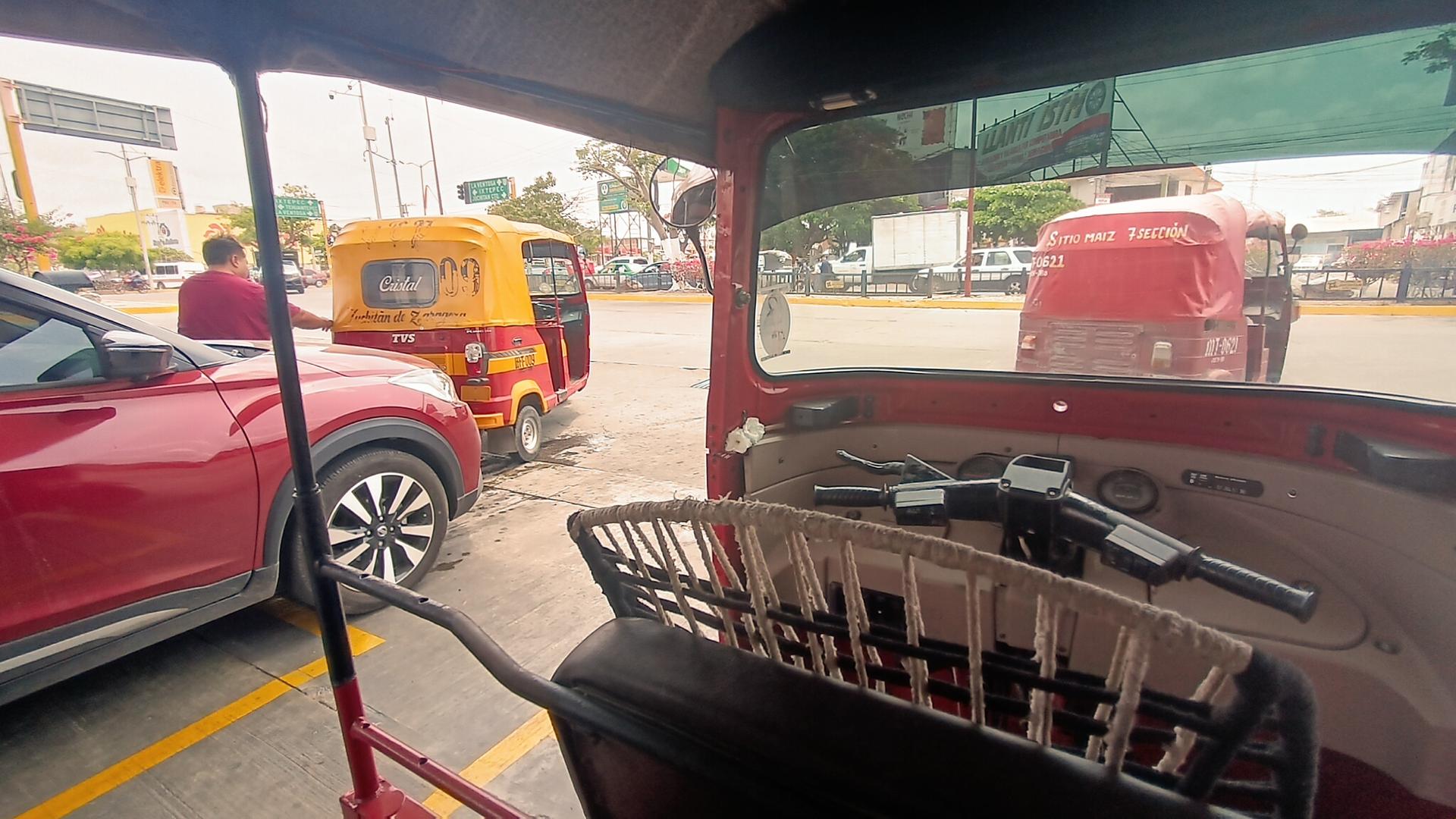
He said that he himself is being threatened. This week, a letter signed by dozens of Mexican groups demanded that federal and state authorities stop harassing Beas Torres and his Indigenous organization.
“This megaproject is looking to completely transform our region and our culture,” Beas Torres said. “We’re farmers and fishermen. This project is about industry. It will change our way of life.”
But officials say the project is a win-win. Oaxacan Gov. Salomón Jara Cruz said earlier this month that the Interoceanic Corridor would transform Oaxaca. “We will be a geopolitical and strategic point for global commerce.”
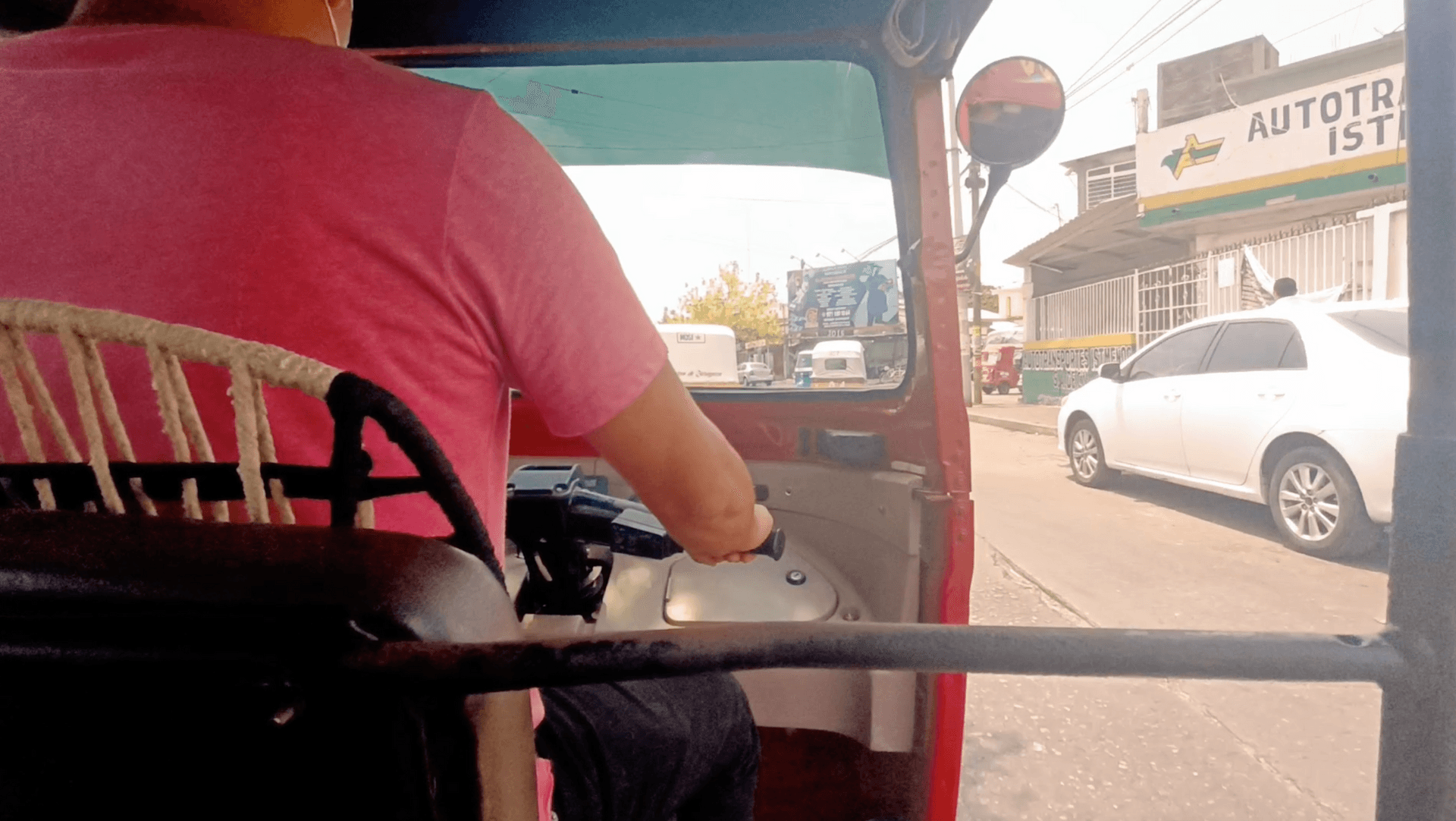
Experts say the corridor could eventually ship 1.4 million containers a year and create hundreds of thousands of new jobs.
President López Obrador said he’s going to encourage foreign companies to set up in the region. He said there will be state subsidies and plenty of jobs.
The Indigenous town of Juchitán de Zaragoza is along the development corridor. Martín Esteva Martínez drives a mototaxi here. But he’s also in his final years of a degree in electrical engineering. He’s concerned about what this huge development project could mean for the region’s Indigenous culture.
But he also said it could be positive for Oaxaca: “Many new companies are going to come here. So, that would be an opportunity.”
There’s still a long way to go, though, and economists like Juan Carlos Moreno-Brid at the University of Mexico question the plan’s true viability.
“The reality is that up until now, we haven’t seen one investment project from a private firm, beyond the infrastructure that the government has been building. No plant or company has yet to commit to the project,” he said.
“We’ll see what happens in the future, but currently there are many uncertainties.”
Meanwhile, Indigenous communities have promised to continue to fight.
Our coverage reaches millions each week, but only a small fraction of listeners contribute to sustain our program. We still need 224 more people to donate $100 or $10/monthly to unlock our $67,000 match. Will you help us get there today?
